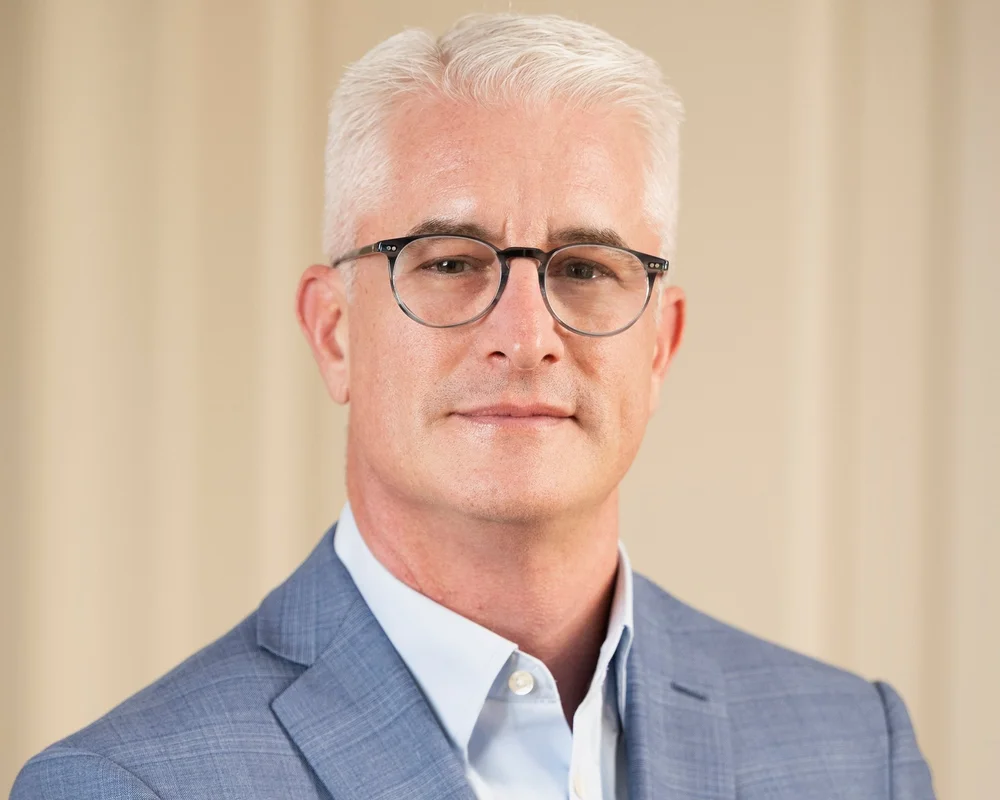According to Dan Rayburn, Akamai (NASDAQ:AKAM, news, filings) is preparing to shake up the CDN space by licensing its software to network operators. Doing so would enable carriers, CLECs, and ISPs to incorporate Akamai’s technology into their own networks as an alternative to building their own – whether that is transparent caching or something more active.
While this would be a dramatic change for Akamai, they wouldn’t be the first by a longshot – EdgeCast for one has been doing it for a while now with multiple carrier partners, and Cotendo licenses their software to AT&T as part of their partnership as I recall. But since Akamai is the 800lb gorilla, it will definitely mean something – exactly what will depend on the economics of the actual product. And that product is still under development, so who knows.
I do wonder though if this might not also be a prelude to some variant of the CDN federation concept. After all, if Akamai software comes to support the caching design of many network operators, it stand to reason that those networks would find it easier to talk to one another. When content delivery networks can all talk to each other in a way analagous to peering, that is when the entire CDN concept will finally finish the long journey from an overlay technology for delivering special bits to a fundamental building block of the internet that underlies the delivery of all bits.
Regardless, it is quite clear now that the relationship between the pure CDNs and network operators is in flux. The former are moving rapidly into the cloud and to the value added end of the spectrum as older segments of the market become commoditized. The latter are increasingly worried about both scaling their own networks to handle rising video traffic and above all staying in control of that process. What we don’t see is the two coming together in what was once expected to be a battle royale over who would conquer the revenues from the traditional CDN business. Except of course for the case of Level 3, which is making the most of the situation at the moment.
If you haven't already, please take our Reader Survey! Just 3 questions to help us better understand who is reading Telecom Ramblings so we can serve you better!
Categories: Content Distribution






When Dan is finished being correct, this maneuver will only delay the inevitable destruction of cluster servers piggy backing on network backbones which they do not own, and which historically, they have maintained free rides on top of.
Their retreat from engaging in a Battle Royale is indicative of an enterprise who has already assessed the outcome of total loss. Akamai is attempting to extend the clock on their useful life. What else can they do in such a dire situation?
The key to delivering internet services has always been a telecom carrier’s own scale, scope and size.
(3)’s IP network is just one local phone call away from 93 percent of the U.S. population and its global reach as a result of its pending merger is beginning to follow suit X the planet.
The ultimate value of a network can only be determined by its seamless end to end connections bringing eyeballs together.
If I am Carrier X without a network footprint in Area Y, and Carrier (3) who owns network footprint in Area Y maintains all of the network elements that I need everywhere else, licensing from a 3rd party vendor for cdn services in my own area may present some pricing stigma vs. utilizing Carrier Z’s services universally.
At the same time, Carrier (3) will be wise to price my in territory Carrier X services when dovetailing them with other heavy lifting services like IP transit, in sync with whatever “licensing” services 3rd party vendors who do not own physical network elements are pricing theirs at.
Can you smell the fear in Akamai’s eyes? Look to the stars with an Astronomer’s eyes for your answers. 🙂
Carl,
As ever, an inscrutable piece of mumbo commentary topped off with one of the worst mixed metaphors I have ever read.
“Can you smell the fear in Akamai’s eyes?”
No.
Anonymous: “that” is your critique of CarkK’s well informed comment(s)? Mixed metaphors? Frankly, I could give a rats behind how many mixed metaphors, or whatever grammatical.. spelling etc. issues might abound from a fellow tech geek’s comments on an issue such as this. IMO, the gist of what CarlK is communicating is spot on. A strategy to overcome the beaten down prices of network ops is something LVLT has been addressing for a long time. IMO we are at the beginning of a disruptive transition to the “status quo” in the transport arena. Kudos to LVLT for making the right moves. Akamai’s haydays are nearing an end and it will be the network owners who have end to end services who are going to become the 800 lb gorillas as we move forward in a world that is being defined by bandwidth capacity and the speed of it’s data.
Things change … technology changes, and needs change. Remember when CSCO was considered to be the 800 lb gorilla? Nortel? Lucent? Heck … I remember Cabletron … geez they died a slow death. Remember Dell?
You stay with Akamai and I’ll keep buying LVLT.. see you in a year … at the 50 foot slip dock.. We’ll be out on the Luhrs for weeks at a time so radio ahead if you want to come … and bring your own beer.
Thanks for your kind words, fanfare. Anonymous may still be reeling from that sub par bond analysis/commentary-pun intended- he supplied to this board and I was forced to take him to the woodshed for such sloppy work being offered up to minds deserving better explanation of bond market mechanics.
This being said, I was only attempting to emphasize the great advantages that an enterprise as large as (3) provides all carriers as a result of their size, scope and scale with respect to their massive global footprint.
Heck, I didn’t even broach upon the quality of service(qos) which has caused companies like Netflix to choose (3) for their customers less predicated upon price, and more predicated upon the beautiful streams that (3)’s network provides.
This may also be a Pandora’s box on the tech side, when thinking about (3)’s centrally distributed model for large files vs. Akamai’s edge services more inclined to deliver “web pages.”
If I am Carrier X licensing Akamai’s edge tech under this newly anticipated roll out being suggested, and want to use it in my own territory in conjunction with parts of (3)’s centrally distributed model, may I not be infringing on (3)’s arsenal of patents for attempting to do so?
Carriers X contemplating going along with a licensing commitment in their own territories may be looking too hard for the SIMPLEST SOLUTION, that being, outsourcing to Carrier (3) who I referenced as Carrier Z incorrectly one time earlier this morning.
I think you are so right on the “transport” area’s disruptive transition which is something all carriers investing large sums of capital in building internet connections will benefit by vs. free loaders that had once been able to exploit a legacy system, i.e., regulatory scheme.
It may be mumbo to those who don’t believe in the power of owning $37.5B PP&E to 93 percent of the U.S. population while expanding to the rest of the world. That PP&E is the most advanced IP communications network crossing the globe and connecting eyeball to eyeball.
Based upon carriers’ dependency of (3)’s out of territory connections as well as other services, their CDN will continue to be part of their more aggressive “low cost provisioning” solutions or “bundle” with or without Akamai’s licensing plan. This assumes that Dan the Man’s prediction comes to fruition as he wrote.
Thank you for astutely pointing out the flaw in my early morning, before coffee metaphor, but I can SMELL the NAPALM BURNING in Akamai’s defenses as their salespeople should be fleeing the scene in horror.
It’s good to listen Akamai to License Its CDN Tech to Telcos so that the telcos become more powerful in it’s sector. It’s really very informative blog. Is you have another such article?
I think the message we’re trying to give here is that whatever nuggets of insight might be buried in Carlk’s messages are extremely hard to extract. Parsing one of his posts is exhausting and for me doesn’t pass my personal cost/benefit analysis hurdle.
Used to think along those lines but, imo, it usually boils down to this – “own the pipe and make sure the pipe is (3)”.
The only issue for me might be whether (3) ends up being the best pipe (because of operational issues not location issues). But I would personally be long rather than short on the stock for the LT.
Is Dan’s use of the word “free loading” as hard to understand as when I use it? 🙂 I like to us “dirty little secret” as much as I like to use “free loader” whenever I think of Akamai.
Dan’s antennas are up and they’re receiving negative feedback from the carrier/ISP side.
http://blog.streamingmedia.com/the_business_of_online_vi/2011/06/a-closer-look-at-akamais-strengths-weakness-for-a-licensed-cdn-offering.html
Err, Dan didn’t use the ‘word’ “free loading” in his article, so your question is rather hard to answer Carlk.
FWIW, Akamai pays for its bandwidth – whether it be in cash or in lowered costs for the operator hosting its servers. So “free-loading” is irrelevant, but rather it’s the price tag and the perceived benefits that are evolving. The pendulum is swinging back now in favor the owners of the fiber, and hence they are obviously looking for other ways to influence the price tag.